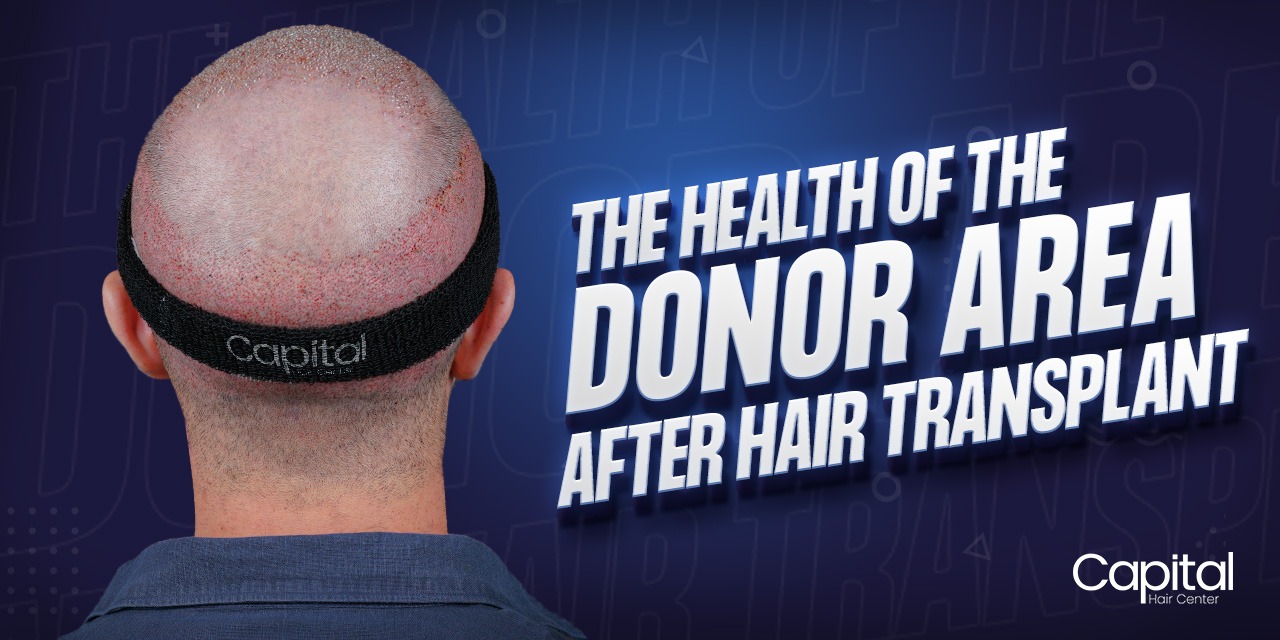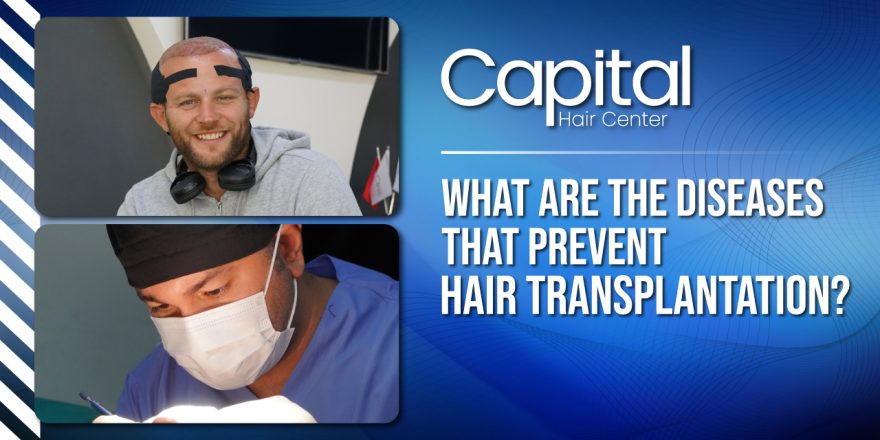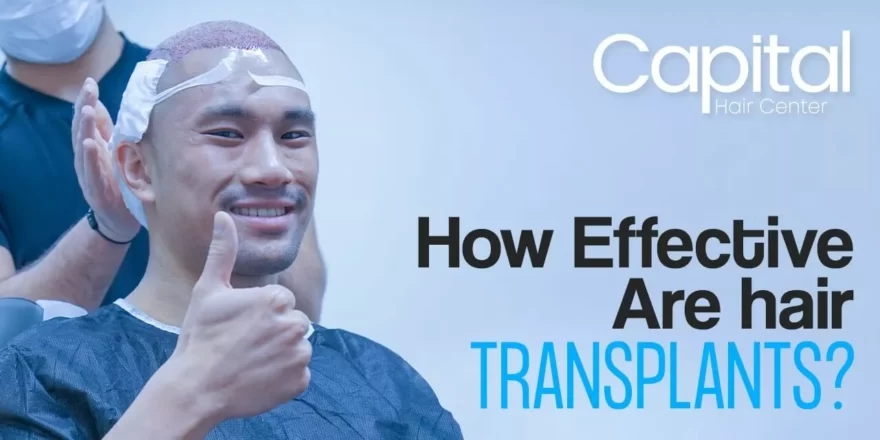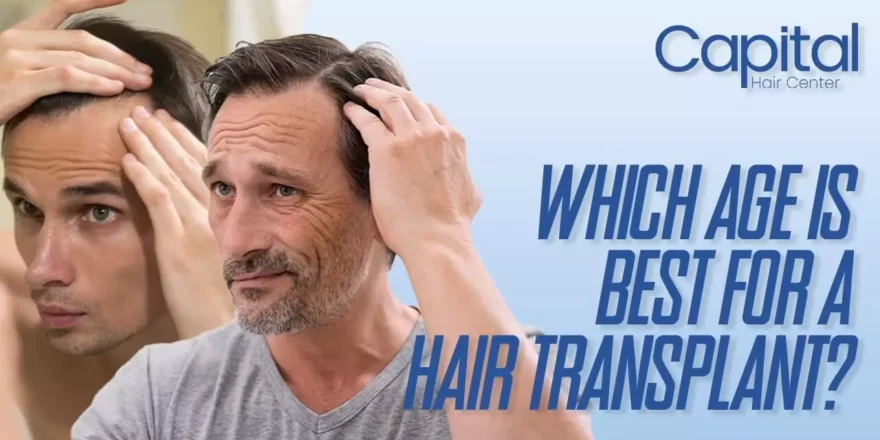The Health of Donor Area After Hair Transplant
So, you had your hair transplantation surgery. Maybe you even had your hair transplant surgery in Turkey in one of the best hair clinics in Turkey. After hair transplant is a big part of the hair transplantation journey and some patients miss this part of the journey. How will you take care of yourself? Should you keep in touch with the hair clinic that treated you? What about the health of the donor area of your scalp after the hair transplant? The health of the donor area after the hair transplant is mostly overlooked by patients, however, it’s an important part of your healing process.
The donor area is the area on the nape of a person’s scalp. Hair transplant surgeons also use the sides of the scalp for the donor area as the sides are resistant the hair loss as well. This area is resistant to hair loss even to male pattern baldness. For this reason, the donor area has maximum hair growth and density, and why a hair transplant doctor prefers this area for hair transplant surgery.
Some hair transplant techniques cause damage to the donor area during and after the hair transplant. A hair transplant technique is most likely to give the patient a permanent scar which they will hide under their hair. For new hair transplants techniques like FUE, Sapphire FUE and DHI, scarring is minimal, to begin with, later on, those scars will fade away and become invisible. But to not leave with scars and have a comfortable healing period, the hair transplant doctor as well as the patient have things to take care of.
Here are the common problems that arise after a hair transplant surgery:
1. Overharvesting
This problem happens when the hair transplant doctor is not skilled and/or not experienced. The doctor overharvests the donor area of the patient to get grafts. The results may not seem significant in the beginning but after the surgery, the patient experiences an uncomfortable healing period and end up with visible scars like dots even if it’s a hair transplant surgery like FUE.
2. Constant numbness and pain
Numbness is a somewhat common problem after a hair transplant surgery. But the numbness should go away over time usually after a month at most. We see that most people see experiencing pain as an essential part of hair transplant treatments. However, experiencing pain doesn’t have to be a part of your life after a hair transplant surgery. A skilled surgeon like Dr. Ekrem Keskin and his medical team members provide their experience and skills to give their patients a comfortable healing period.
3. Bleeding
Bleeding can happen after hair transplant surgeries, however, it depends on when and why bleeding happens. Is the bleeding result of head trauma? Did you lose grafts? Did an accident happen right after your surgery? Because hair follicles are already firmly attached to your scalp after seven days. So, even if a patient experiences an accident like hitting their head, there won’t be a problem since losing hair grafts is unlikely. If you experienced any other kind of bleeding after hair transplant surgeries, you should let the hair clinic you went to and seek their guidance.
4. Folliculitis
Folliculitis is a common skin condition when hair follicles become inflamed. However, if folliculitis happened on your scalp after your hair transplant surgery, you should seek guidance from your hair transplant clinic consultants. The health of donor area after a hair transplant surgery is essential and folliculities can be detrimental to the donor health. Especially if you decide to get another hair transplant in the future, your donor area should be healthy and no skin condition should damage this area. It is one of the reasons why Capital Hair Center does long-term follow-ups. A hair transplant patient can experience an unexpected skin problem after their hair transplant surgery and our medical consultants guide them through our patients’ healing period.
5. The Wound Bursts
The wound bursts are not possible for hair transplant techniques like FUE, Sapphire FUE and DHI. Because unlike in the FUT technique, they are minimally invasive and there are no stitches or scars to turn into wounds. If you a wound on the donor area before the hair transplant surgery, no good hair transplant clinic in Turkey would do a hair transplant surgery. Because the health of donor area is essential to the hair transplant surgery’s success which is why the health of donor area after hair transplant surgery is also essential to the best hair clinics in Turkey.
6. Hair Loss (Shock loss)
After two to three months after hair transplant surgeries, patients can experience hair loss called shock loss. Shock loss is a part of hair transplant treatment and there’s nothing to worry about. Even though most people see hair transplant procedures as something minuscule, a hair transplant operation is a surgery which is why the best hair transplant surgeons like Dr. Ekrem Keskin should be the patients’ choice when they decide to get a hair transplant surgery.





